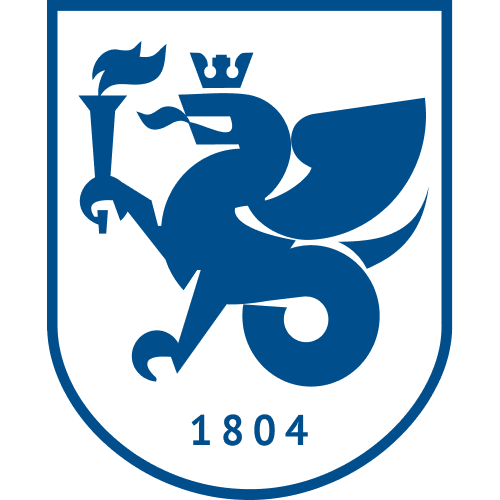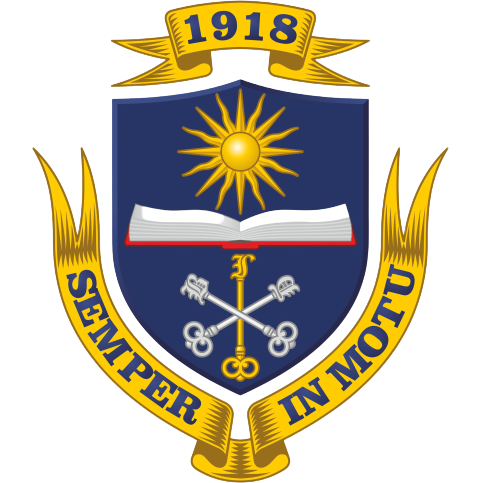Laboratory of Enantioselective sorption processes
Publications
58
Citations
276
h-index
10
Authorization required.
The Laboratory of Enantioselective Sorption Processes is developing new adsorbents and fixed phases for chromatography with supramolecular chirality. The starting materials are always achiral molecules, but during self-assembly, structures with elements of asymmetry at the supramolecular level can be obtained due to the process of Plasma maturation. The global goal of the laboratory is to create technologies for the preparative separation of enantiomers, which could be in demand by fellow organics.
- Gas chromatography
- High-efficiency liquid chromatography (HPLC)
- Polarimetry
- UV spectroscopy
Research directions
Recognition of enantiomers by nonporous enantiomorphic crystals in adsorption processes
+
As a result of the project, a new mechanism of chiral recognition during adsorption was discovered. It works for surfaces with supramolecular chirality. The difference between supramolecular chirality and molecular chirality is only in the size of the chiral selector. In the case of molecular chirality, the latter is usually the center of chirality (an asymmetric carbon atom), less often the axis or plane of chirality. Therefore, the size of a chiral selector rarely exceeds a few atoms. In the case of supramolecular (supramolecular) chirality, the selector consists of at least several molecules, and in the case of some enantiomorphic crystals, the size of the selector may coincide with the size of the crystal. The recognition of enantiomer molecules by supramolecular chiral systems has not been practically studied due to the discrepancy between the size of the recognized molecules and the size of the chiral selector. During the implementation of the grant, it was found that all menthol isotherms on modified adsorbents capable of chiral recognition can be divided into three sections: At the 1st site of the adsorption isotherm, the concentration of menthol molecules on the surface is too small for them to affect each other in the adsorbed state – only adsorbate-adsorbent interactions are observed. There is no difference between isotherms. It can be concluded that the interaction of one molecule of menthol enantiomers with the surface of an enantiomorphic crystal is the same, therefore, with respect to one molecule of the enantiomer, the surface with supramolecular chirality does not exhibit enantioselectivity. This corresponds to the theory of three-point recognition proposed by Davankov. In the case of a relatively smooth crystal surface, there is no possibility of both three-point contact and interaction with two functional groups when the surface performs the function of the third group. Therefore, chiral recognition of a single molecule by the surface of an enantiomorphic crystal is impossible. At the 2nd site of the adsorption isotherm, the concentration of menthol molecules becomes sufficient for lateral adsorbate-adsorbate interactions on the surface of the adsorbent. Differences in adsorption between menthol enantiomers indicate the ability of the surface to chiral recognition. At the 3rd section of the isotherm, chiral recognition disappears again. In order for the surface of an enantiomorphic crystal to affect the structure of the enantiomer layer, direct contact of the layer with the surface is necessary. In the case of the formation of the second layer of the enantiomer, the heat of interaction of the second layer with the first is equal to the heat of condensation, which are equal for enantiomers. Consequently, when the formation of the second layer is completed, the difference in the structure of the layers disappears. The experimental data obtained correlated well with the results of adsorption modeling. So, if the adsorbate molecules were small enough for them to interact with each other on the surface, the adsorption energy of the enantiomers did not differ. However, when the concentration of the adsorbate forced it to lateral (lateral) intermolecular interactions, a significant difference in the adsorption energy appeared. Also, when the second layer was formed, the enantioselectivity disappeared. The analysis of adsorption isotherms and the results of computer modeling allows us to establish the mechanism of chiral recognition by surfaces with supramolecular chirality. The latter has an effect not on a single molecule of the enantiomer, but on a system of many molecules combined into an adsorption layer with the localization of molecules at the adsorption centers. The adsorption layer here acts as an object of the same size as the surface. Thus, the transfer of chirality from the crystal does not occur to the molecular, but to the supramolecular level. This is the fundamental difference between this chiral recognition mechanism. To implement it, a layer of enantiomer molecules must be formed on the surface of an enantiomorphic crystal. At the same time, both the energy of the adsorbate-adsorbent and adsorbate-adsorbate interactions differ between enantiomers. The first is due to the denser contact of the major adsorbate with the surface, the second is due to the closer arrangement of molecules, which causes enhanced lateral interactions.
Publications and patents
Found
Nothing found, try to update filter.
2023
—
2026
| Вакулин Иван Валентинович
2019
—
2022
| Гуськов Владимир Юрьевич
2017
—
2019
| Гуськов Владимир Юрьевич
Lab address
Уфа, Заки Валиди, 32
Authorization required.






